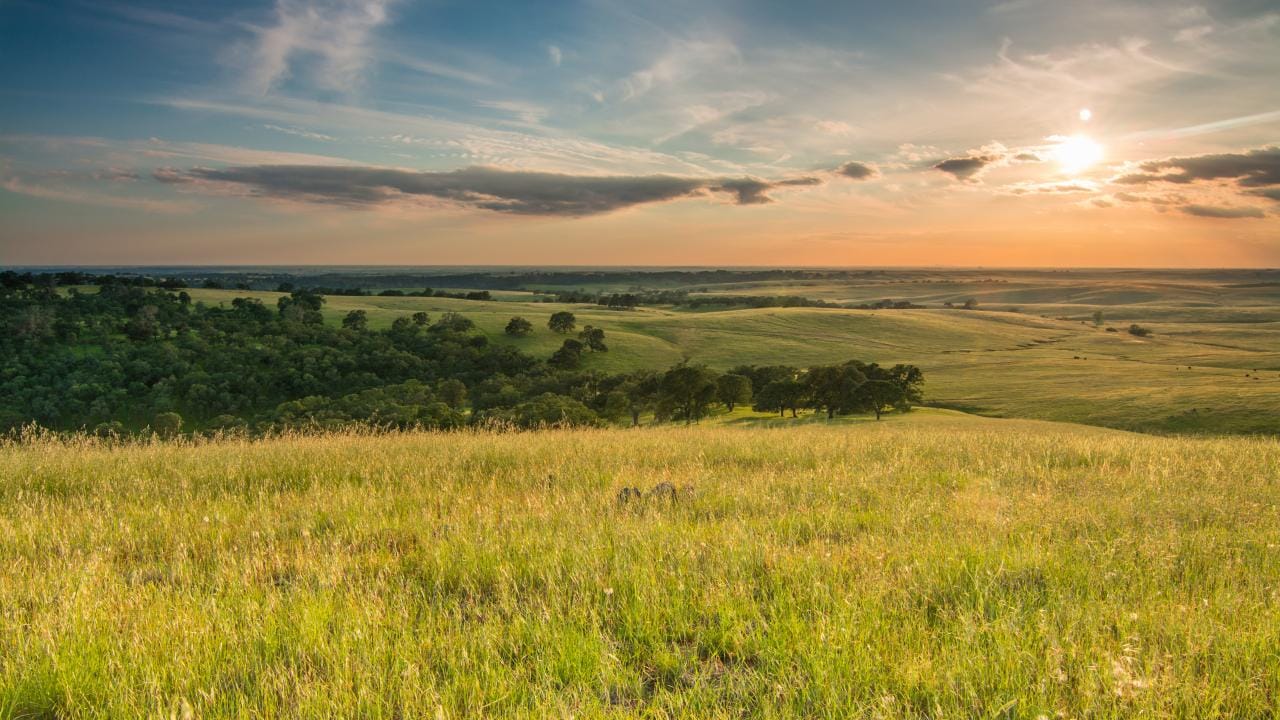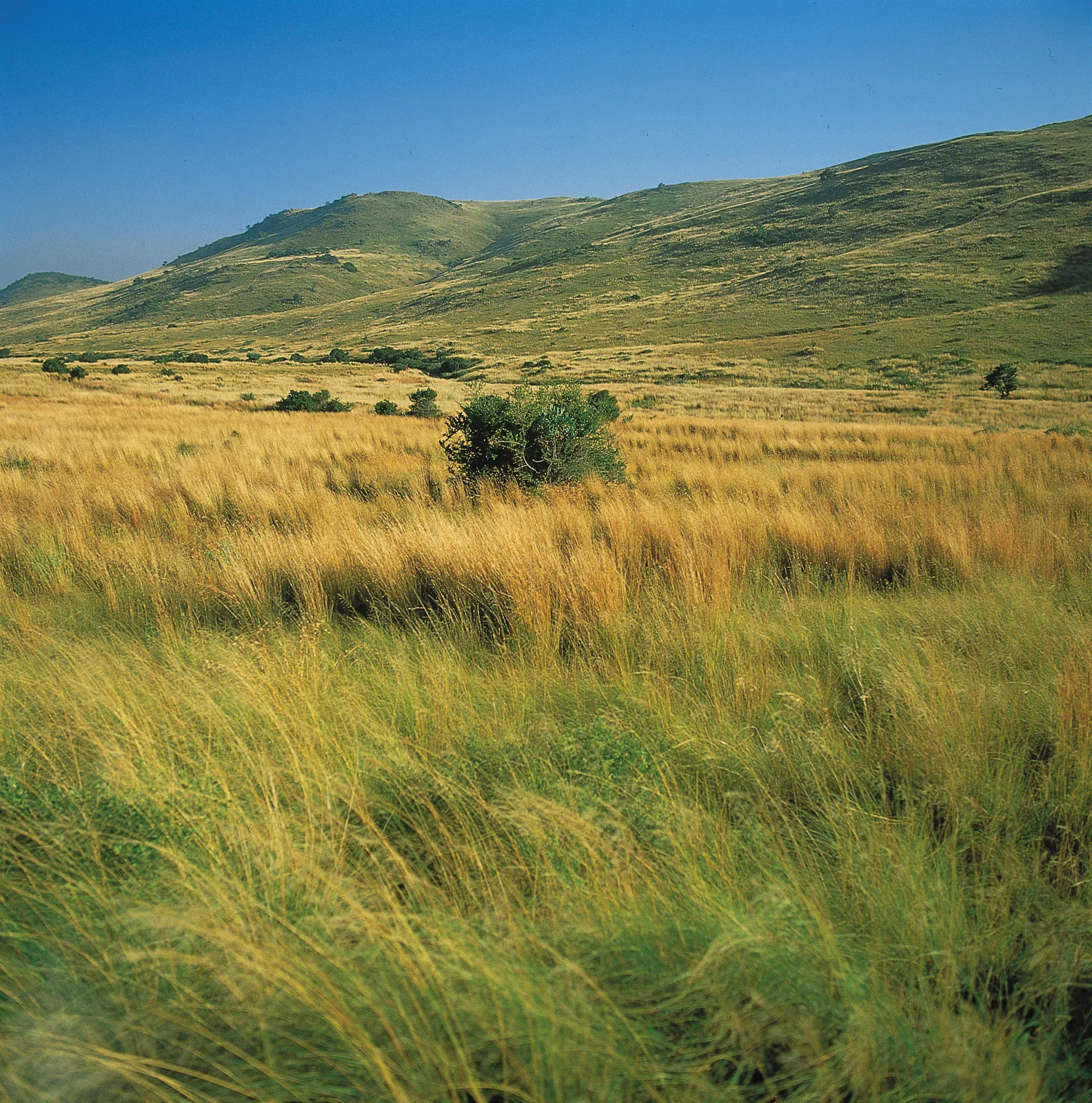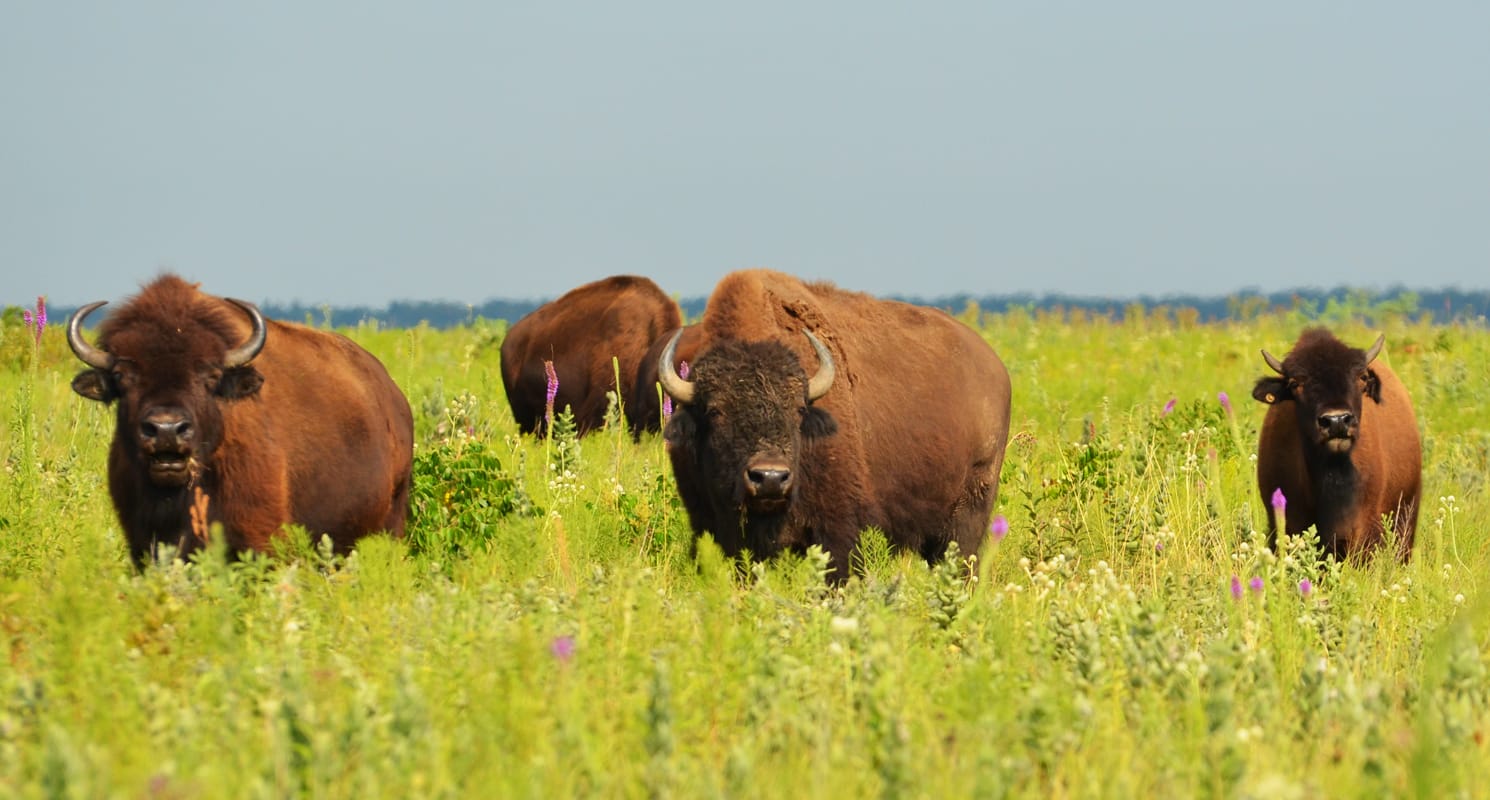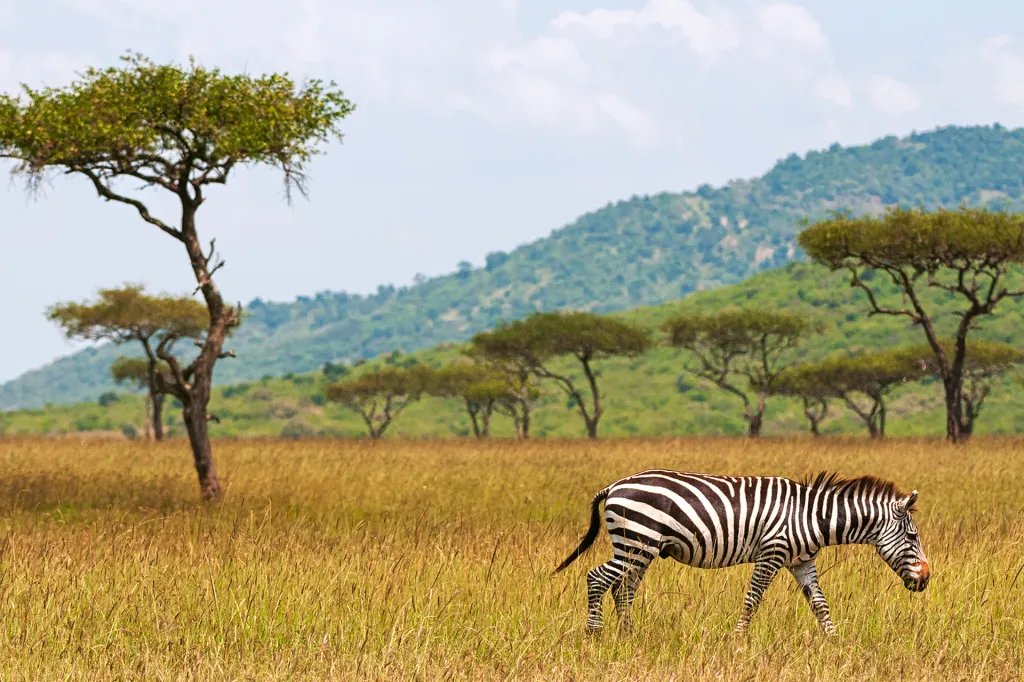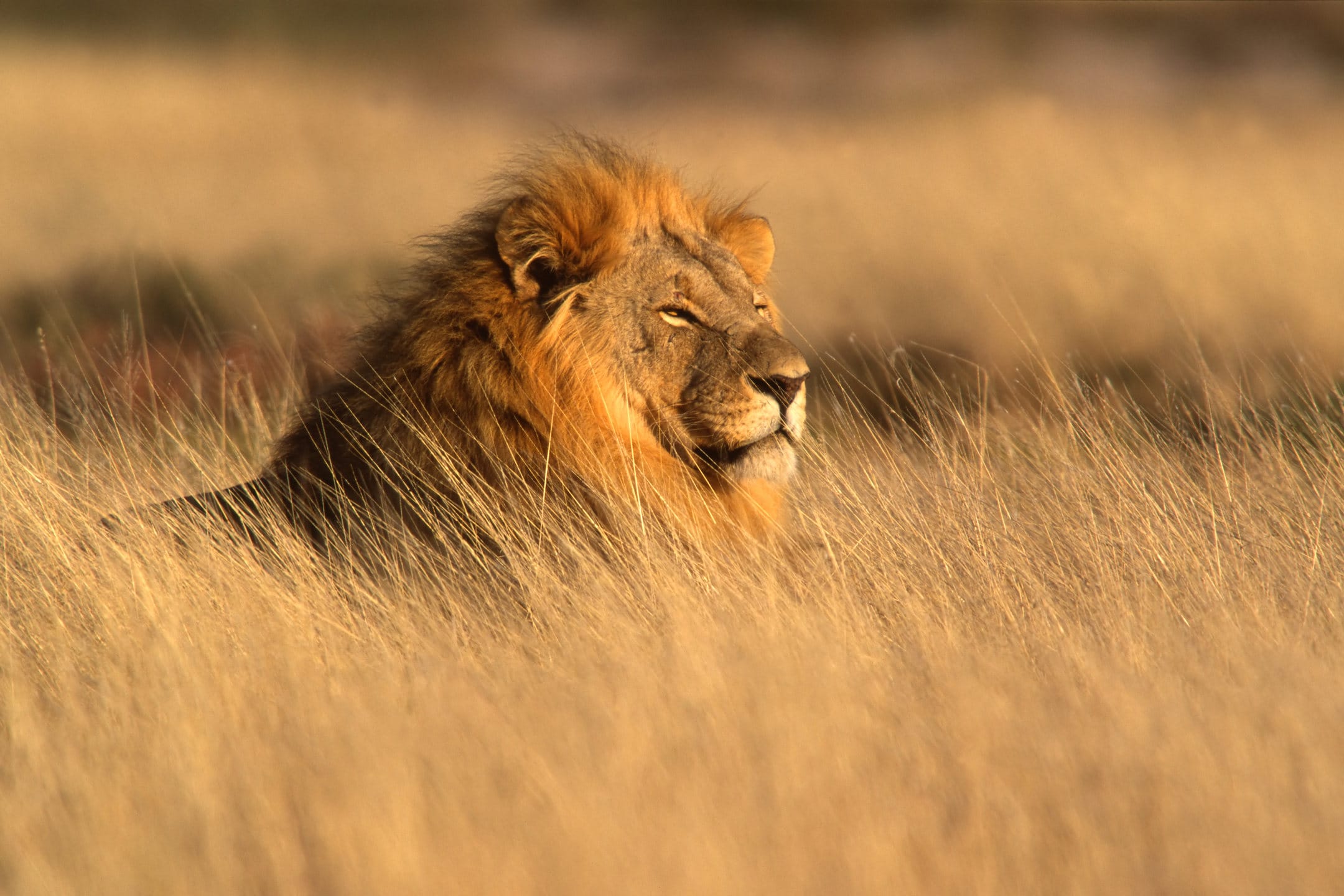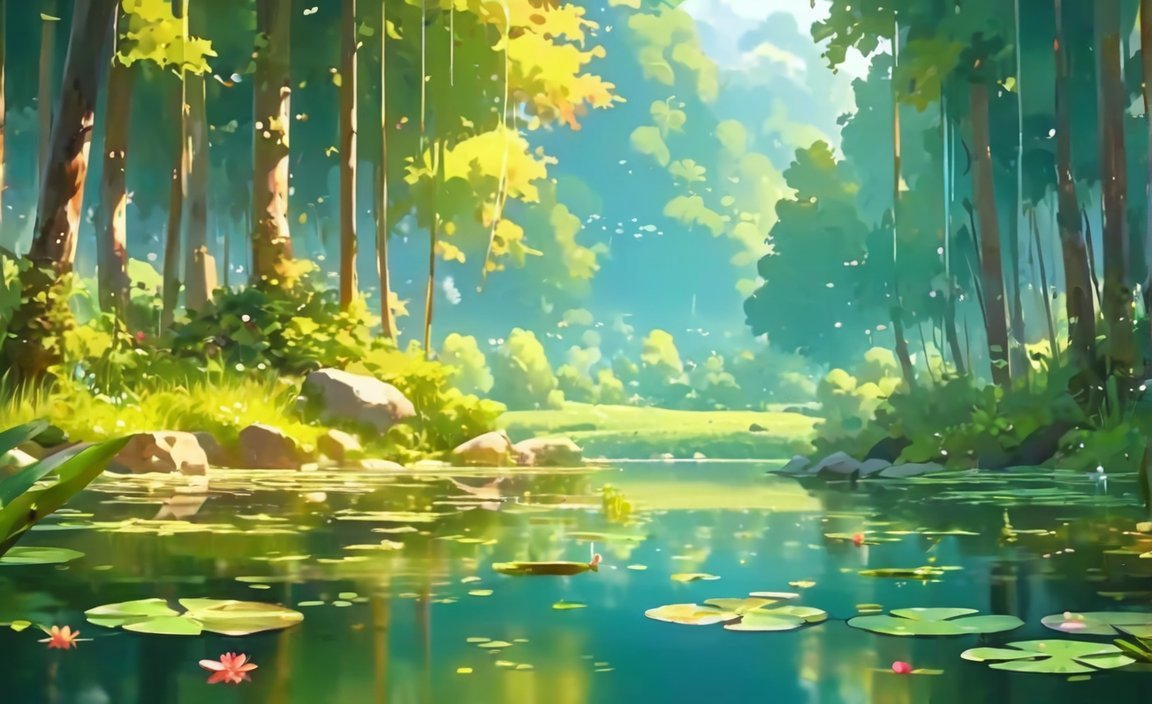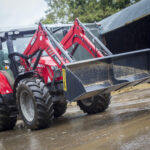Get ready for an exciting journey into the wild world of wildfires and their magical dance with savannas and grasslands! These fires are not just destructive forces; they’re like the superheroes of these ecosystems, bringing life and vibrancy with every blaze. Let’s dive into their secret powers, revealing how they keep these landscapes healthy and thriving.
How Do Wildfires Help Keep Savannas and Grasslands Thriving?
Think of wildfires not as pure destruction, but as a kind of natural cleanup crew that works wonders for savannas and grasslands. Here’s how these fires keep these awesome ecosystems in tip-top shape:
1. Unleashing Nature’s Fertilizer
When wildfires blaze through these wide-open spaces, they burn away dead plants, releasing nutrients like a magical soil supplement. These nutrients give new plant life a kickstart, ensuring that the savanna and grassland areas won’t be taken over by towering trees and shrubs.
2. Keeping Grasslands Green and Healthy
Fire is like a doctor for grasslands, helping them stay balanced and diverse. It clears out old, tired plants, making room for smaller grasses to thrive. Since bigger plants take longer to bounce back from a fire, the grasslands stay open and grassy, just like they’re supposed to be.
3. Protecting Savannas from Forest Invaders
Savanna fires are like boundary guards, keeping the tree line in check. Without these fires, forests would creep into the open spaces, changing the whole character of the ecosystem. Think of it like a green battleground, where the savanna fires fight back to keep the forest at bay.
4. A Symphony of Life
Wildfires promote a beautiful harmony in savannas and grasslands. They create a diverse playground where different plant and animal species can thrive alongside each other. It’s like a vibrant party where everyone’s invited.
Benefits Table: Wildfires and Their Magic for Savannas and Grasslands
| Feature | How It Helps |
|---|---|
| Nutrient release | Soil gets a boost, plants love it! |
| Grassland health | Grassy areas stay open and inviting |
| Forest prevention | Savannas don’t get swallowed by trees |
| Biodiversity | A mix of plants and animals, it’s a party! |
Conclusion
So, wildfires might look scary on the surface, but they’re actually nature’s way of giving savannas and grasslands a helping hand. They keep these ecosystems healthy, diverse, and a joy to explore.
Have you ever wanted to know all about grasslands? Grasslands are an important part of our planet’s ecosystem, providing food and shelter for many different animals. They are also home to a variety of plant life, including grasses, wildflowers, and shrubs.
You might have wondered why are burrowing animals and ground-dwelling birds common in grasslands?
And most importantly, why are grasslands important? Grasslands play an important role in the global carbon cycle, and they also provide habitat for a variety of plants and animals.
How do Wildfires Release Nutrients that Benefit Plant Growth and Prevent Tree Encroachment?
Let’s dive into the amazing ways wildfires ignite new life in nature!
Unleashing Nutrients for Hungry Plants:
When wildfires dance across the land, they do more than just leave ashes behind. As they devour dead wood and plants, they unleash a treasure trove of nutrients. Just like how you fertilize your garden, wildfires release nitrogen, phosphorus, and other essential elements into the soil. These nutrients are like vitamins for plants, giving them the energy they need to flourish.
Curbing Tree Domination:
Not all trees are bad, but sometimes they can crowd the party. Wildfires act as nature’s tree trimmers, clearing away dense undergrowth and small trees. This prevents the formation of thick forests that block out sunlight, leaving understory plants struggling for survival. Imagine it as a forest dance party, where wildfires clear the dance floor so everyone can have a chance to shine.
Key Points to Remember:
- Wildfires release crucial nutrients into the soil, boosting plant growth.
- They keep trees from taking over, preserving the open spaces that many plants and animals rely on.
In a Nutshell:
Wildfires are like the superheroes of ecosystems, unlocking nutrients for plants and keeping forests balanced. They ensure a vibrant and diverse natural landscape where all creatures thrive!
How does fire impact soil health and microbial activity in these ecosystems?
Fire is like a wild dance in nature’s grand scheme, a force that shapes the health of the soil and the tiny creatures that call it home. In places like savannas and grasslands, where fire is a natural part of the rhythm, it plays a vital role in the well-being of these ecosystems.
Microbial Magic
Fire can be a bit of a shock to the soil’s microbial community, like a grand party that shakes things up. Intense fires can wipe out some of these microscopic critters, but smaller fires can actually give them a boost. This changing crowd can then dance to a different tune, influencing how nutrients move through the soil, how dead plants decompose, and how fertile the soil becomes.
Nutrient Party
When fire burns away the carpet of plants, it releases essential nutrients like nitrogen and phosphorus into the soil. These nutrients are like the food that plants need to thrive, so they get a nice boost from the fire’s flames. This makes the soil richer and more welcoming for new plant life.
Microbial Dance
The heat from fire can get the soil’s microbial community moving. It’s like a dance party in there! This surge of activity helps nutrients move faster through the soil, making them more accessible to plants.
Soil Chemistry Shake-up
Fire can also change the soil’s pH levels, which is like how acidic or alkaline it is. It also adds charcoal to the mix. Charcoal is like a sponge that can absorb nutrients and water, which can affect how wet the soil is and how easily plants can get the nutrients they need.
Key Points
- Fire can change who’s who in the soil’s microbial community.
- Fire can set nutrientes free, making the soil a better place for plants.
- Fire can get the microbial dance party going, helping plants get the nutrients they need.
- Fire can shake up the soil’s chemistry, influencing moisture and nutrient availability.
So, fire is not just a destructive force in these ecosystems. It’s also a catalyst for renewal, shaping the soil health and microbial activity that support a vibrant tapestry of life.
What is the Role of Fire in Creating a Diverse Range of Habitats within Savannas and Grasslands?
Picture this: you’re in the middle of a vast savanna or grassland. All around you are tall grasses, swaying in the breeze like a sea of emerald green. But wait, there’s a twist. In the distance, you see faint wisps of smoke rising from the ground. That’s not a forest fire, my friend. It’s a controlled burn, a natural part of these ecosystems that plays a vital role in shaping the landscape.
Fire’s Impact on the Vegetation
Wildfires are like a giant reset button for savannas and grasslands. They clear out old, overgrown plants, making way for new growth. This creates a mosaic of different habitats, each with its own unique plant life. Some areas have frequent, low-intensity fires, which maintain a mix of open grasslands and scattered trees. Other areas experience less frequent, high-intensity fires, which result in more open landscapes with fewer trees.
The Nutrient Cycle
When wildfires burn through these ecosystems, they release a wealth of nutrients back into the soil. It’s like the Earth’s version of a fertilizer factory! These nutrients give plants a boost, stimulating their growth and creating a vibrant, healthy ecosystem. Fire also gets rid of dead plant matter, preventing diseases from spreading and making room for fresh growth. It’s nature’s way of cleaning house!
Habitat Creation
The different fire patterns create a wide range of habitats, each supporting a unique community of plants and animals. Some animals, like grazing zebras, thrive in open grasslands, while others, like tree-dwelling monkeys, prefer the shelter of scattered trees. By creating this mosaic of habitats, fires ensure that there’s a place for every creature in the savanna and grassland ecosystem.
Key Points
- Fires promote new plant growth and keep the plant community diverse.
- Wildfires release nutrients that feed the plants and keep the ecosystem healthy.
- Different fire patterns create a variety of habitats, benefiting a wide range of animals.
So, next time you hear about a wildfire, don’t just think of it as a destructive force. Remember that it’s also an essential part of nature’s grand plan, creating a rich and diverse tapestry of life in the savannas and grasslands.
FAQ
Q1: How do wildfires contribute to the vitality of savannas and grasslands?
A1: Wildfires play a crucial role in maintaining the health and biodiversity of savannas and grasslands by removing dead plant material, releasing essential nutrients, and promoting new growth. The intense heat of wildfires kills larger plants and trees, creating open spaces that allow grasses and other smaller plants to thrive.
Q2: How do wildfires prevent forests from encroaching on grasslands?
A2: Wildfires act as a natural barrier, preventing forests from expanding into savannas and grasslands. The high temperatures and flames of wildfires kill trees and shrubs, creating a distinct boundary between these ecosystems. This fire-induced separation ensures the preservation of the unique characteristics of savannas and grasslands.
Q3: What is the impact of wildfires on soil health in savannas and grasslands?
A3: Wildfires have a complex effect on soil health in savannas and grasslands. The heat of the fire can sterilize the soil, killing microorganisms and reducing soil fertility. However, wildfires also release nutrients from burned plant material, which can stimulate new plant growth and increase soil fertility. The frequency and intensity of wildfires can influence the overall impact on soil health.
Q4: How do wildfires affect the biodiversity of savannas and grasslands?
A4: Wildfires can have both positive and negative effects on biodiversity in savannas and grasslands. The removal of dead plant material and the creation of open spaces can create habitat for new species, including insects, reptiles, and birds. However, wildfires can also kill animals and destroy their habitats. The impact of wildfires on biodiversity depends on the intensity and frequency of the fires, as well as the specific species present in the ecosystem.
Q5: What is the role of prescribed burns in managing savannas and grasslands?
A5: Prescribed burns are controlled fires that are intentionally set by land managers to mimic the natural occurrence of wildfires. Prescribed burns can help to maintain the health and biodiversity of savannas and grasslands by removing dead plant material, promoting new growth, and preventing forest encroachment. They can also reduce the risk of uncontrolled wildfires by reducing fuel loads.
- HelpCare Plus: Revolutionizing Affordable and Accessible Healthcare - December 29, 2024
- Boom & Bucket: Your Digital Marketplace for Used Heavy Equipment - December 28, 2024
- Ankle Bones Crossword Clue: Solutions, Tips & Anatomical Insights - December 28, 2024
